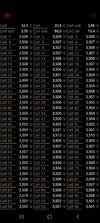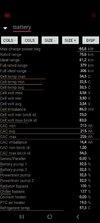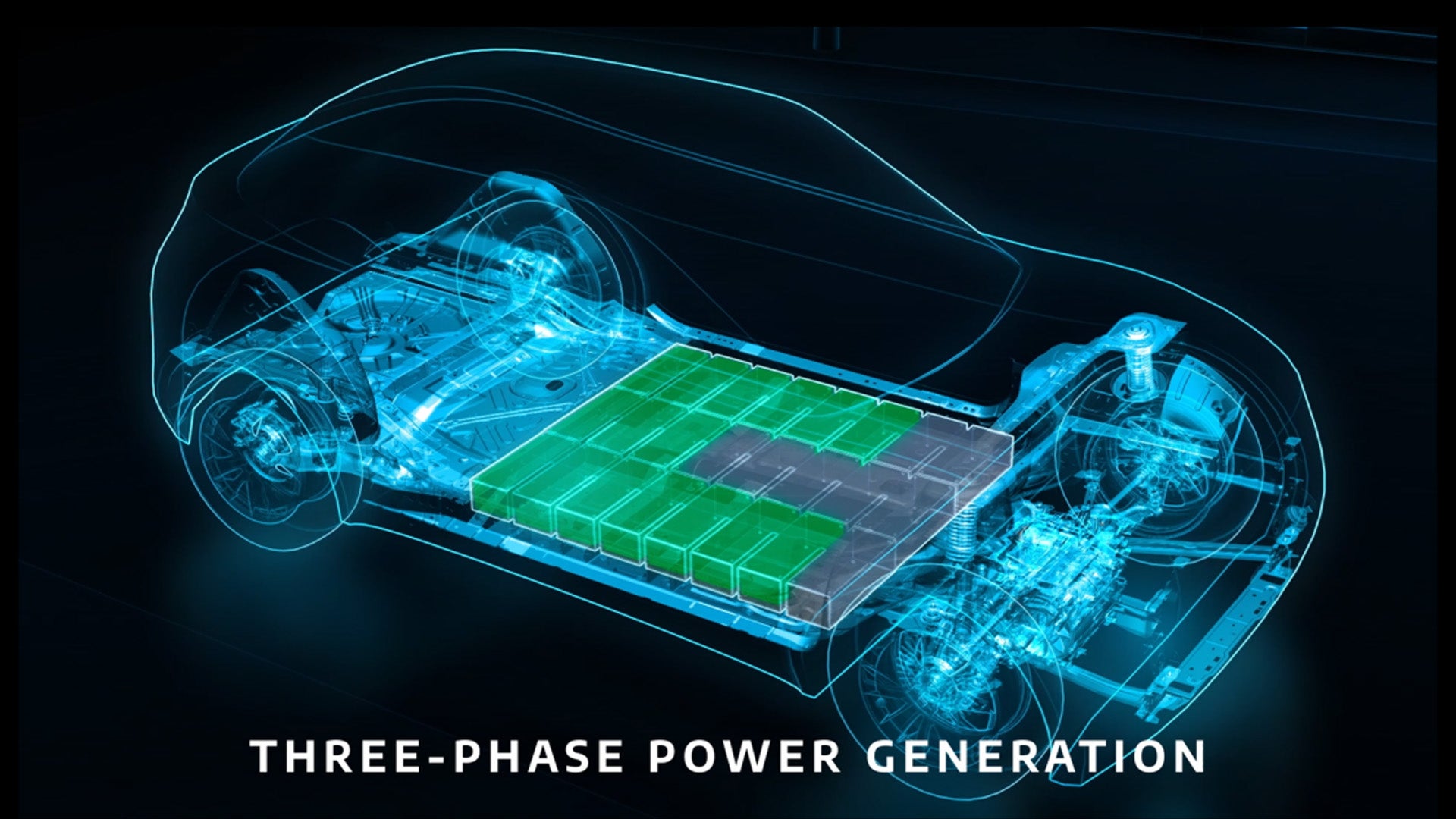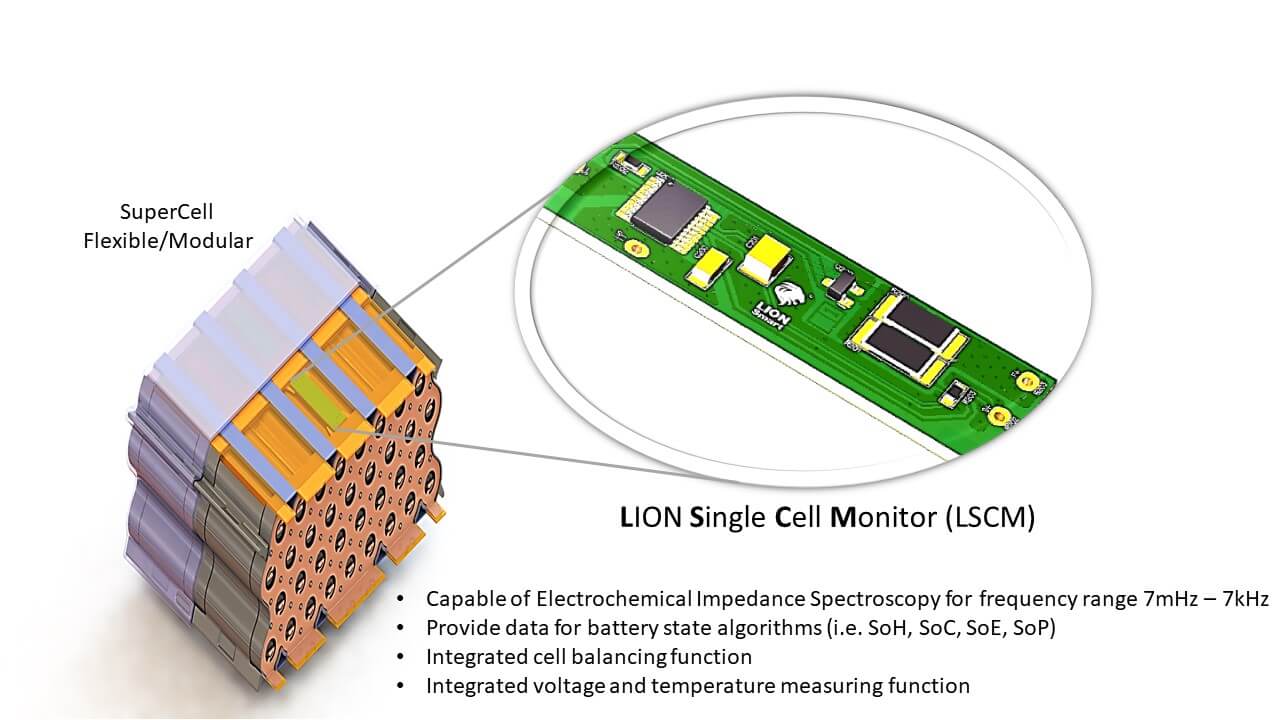Following up on this thread. Have an update and some "guesses" since any detailed BMS programmed logic is invisible to us. But now have experience helping
@mr_hyde to fix his battery pack and having been inside to see what hardware exist and how it works, we can see what hardware sensors is visible to BMS so can make some "guesses" at what the BMS is doing/reporting.
First on my "successful" rebalance to reduce imbalance from 21mV to 17mV @ 70 SOC ( post
#71 ). It went back to 21mV in a few weeks. So net nothing was gained afterwards.
@Zuikkis post
#77 may be showing a problematic BMB (board on each module) Each BMB has 6 voltage sensors on the 6 bricks in the module, have bleed resistors for balancing and 2 temp sensors. BMBs can have corrosion simply from the moist air (through air breather and equalizer) flowing into the pack and condensating.
@mr_hyde BMB corrosions ( post
link has detailed failure mechanisms ) are towards front of the pack where air breathing vent and air equalization valve is mounted.
@Zuikkis car in Finland maybe have these issues. It could also be some seals in the rear of the pack (umbrella valves and hole seal caps) got compromised causing corrosion since Module 15 (near front of rear passenger tire) shows the imbalanced brick.
===
Regarding CAC. I think this is just a calculated number and probably similar to SOH (State of Health) in other EVs. I think of the pack in the following way
New pack has new cells and lowest resistance. Overtime, worn cells have growing resistance and reduced capacity. How does BMS tell what capacity is lost? A couple of papers below shows how to calculate battery resistance and calculate SOH
Looking to measure the internal resistance of a battery or cell? We have a step by step process to help get it done!

cellsaviors.com
Kapil Faliya, Battery Algorithm Engineer at LION Smart explains how their algorithm predicts the exact remaining useful life of EV batteries.

www.e-motec.net
I would guess Tesla BMS calculates these with a load. Basically, take voltage reading before load, apply load (say a complete charge / drive discharge cycle ), take voltage reading after load. calculate. This is probably why we hear people getting a reman/rebuilt battery needing to fully cycle it a few times to improve maximum range.
Beyond just cell capacity wear, BMS also need to account for imbalance. Can't drive the car beyond lowest voltage bricks emptying its capacity first.
Therefore, I'd imagine improving range or capacity requires more balanced pack and less worn pack.
===
How to trigger rebalance in BMS is quite the mystery. I'd imagine Tesla's high conservatism to avoid battery fires would like BMS to collect a full spectrum of statistics (at minimum all bricks voltages on all SOC % over large temperature range window) and maybe some windows of high charge and discharge rates. BMS probably want to see the cells can behave safely over a wide range before trigging rebalance logic. As I understand, each module's BMB has the tiny bleeding resistors and BMS tell each BMB each brick's bleeding to voltage target. So BMS is very much the decision maker even though BMBs do all the work.
There are probably also other BMS programmed logic such as reduce supercharging rate and turn on battery chiller > 80% SOC on older age batteries (just assume worn and higher resistance thus more heat with higher current and SOC)
===
Regarding my pack and why it shows module all 6 bricks in module 9 and 11 (near front hump and behind passenger tire) having highest imbalance ( post
#60 ). I'm guessing could be corroded or failing BMBs. Corrosion could be from the higher moisture ingress from front of the pack (just from air breather and equalization) or failed umbrella valves + caps (protective ski rails over these valves+caps usually packed with wet mud between A-B pillar from front tire spray in wet road regions, post
#52). Another alternative could be BMB's onboard voltage sensor circuit becoming miscalibrated (have analog to digital converters etc). Don't really know unless pack is opened up and measure brick voltages directly.
===
Anyway, just some guesses based on some known hardware capabilities I'm aware of and battery architecture. Food for thought.







